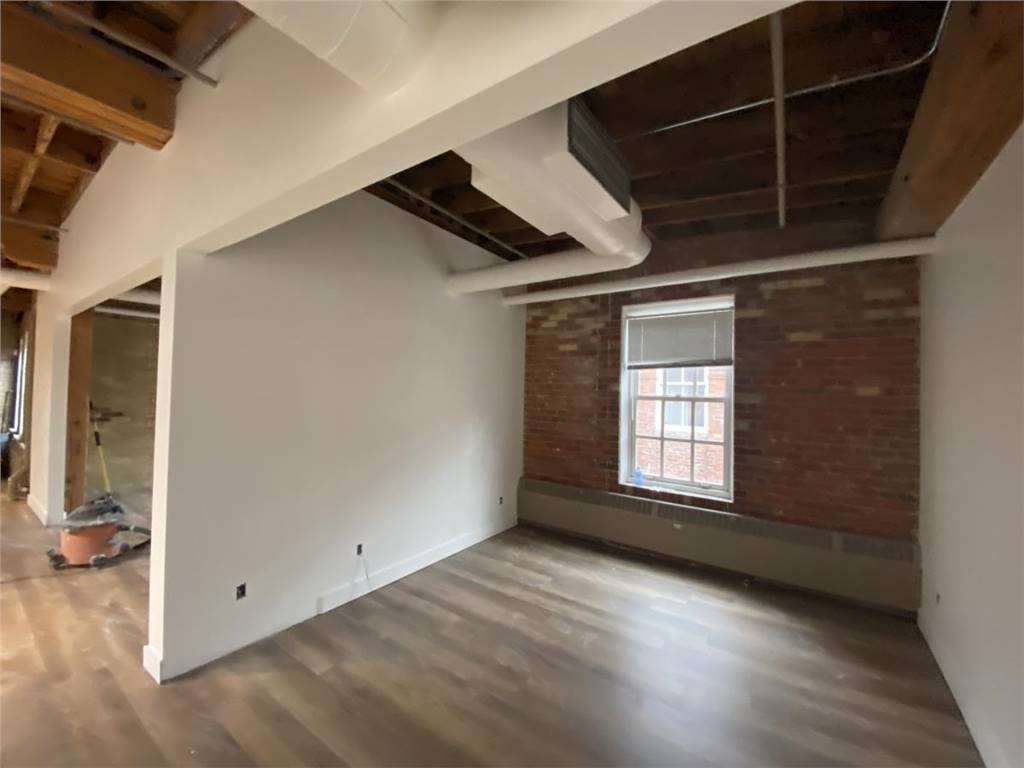
Painting Over Lead Paint: A Quick Guide For Your Safety
If you're a homeowner, there's a good chance that at some point you'll need to paint over lead paint. It's important to take the necessary precautions before beginning this project, though, as lead poisoning can be very dangerous. In this quick guide, we'll walk you through everything you need to know before painting over lead paint in your home. Thanks for reading!
Can You Paint Over Lead Paint?
Yes, you can paint over lead paint. However, it's important to know that not all paints are created equal. It's important to use a primer and a topcoat designed for painting over lead paint. These products will seal the lead paint and prevent deterioration.
If you're not sure whether your home contains lead paint, it's best to have it tested by a professional. Lead paint is most commonly found in homes built before 1978, but it can also be found in newer homes that were painted with lead-based paints.
If your home does contain lead paint, it's important to take steps to protect yourself and your family from exposure. Lead exposure can cause serious health problems.
Painting over lead-based paint, often known as encapsulation, is a powerful way to remove lead paint. Encapsulation is cheaper and even safer than traditional lead paint removal since it emits no lead dust or debris.
It's also worth noting that encapsulants aren't the same as oil- or water-based paint!
When to Encapsulate and When to Remove Lead Paint:
If you're encapsulating a lead paint surface that's peeling or flaking off, don't do it. Encapsulation is not a suitable remediation procedure because the encapsulation paint will flake and peel away from the wall with the lead paint. It is also ineffective on surfaces that are often walked on, rubbed together, and severely damaged. If you have any doubts, consult an expert.
Kinds of Encapsulants:
There are a variety of lead paint encapsulants available on the market, each with its own benefits and drawbacks. Some widely-used lead paint encapsulants include acrylic resin, epoxy resin, and cement-type materials.
Acrylic Resin:
Acrylic resin as a lead paint encapsulant is a material that is used to coat the surface of lead-based paint. This type of resin is designed to harden and seal the lead-based paint, preventing it from flaking or chipping off of the surface. Acrylic resins are typically clear in color, which allows for easy visibility of the underlying paint color. Lead encapsulation with an acrylic resin can be done with either a brush or roller application, and typically dries within 24 hours. Once dry, the encapsulated lead-based paint will remain protected from further deterioration and will not pose a health hazard due to any potential lead exposure.
Epoxy Resin:
There are a few different ways to encapsulate lead paint, but epoxy resin is one of the most popular methods. Epoxy resin is a durable and long-lasting material that can provide a protective barrier between the lead paint and the surrounding environment. It is important to note that epoxy resin is not a permanent solution, and will need to be regularly inspected and resealed as needed. However, it can significantly reduce the risks posed by lead paint in the home.
Cement-type Materials:
Cement-type materials have long been used as an effective lead paint encapsulant. When applied properly, they provide a durable, protective barrier between the lead paint and the environment. Cement-based products are also relatively easy to work with and can be easily tinted to blend in with the surrounding surfaces. Overall, cement-type materials are an excellent choice for lead paint encapsulation and offer many important benefits.



